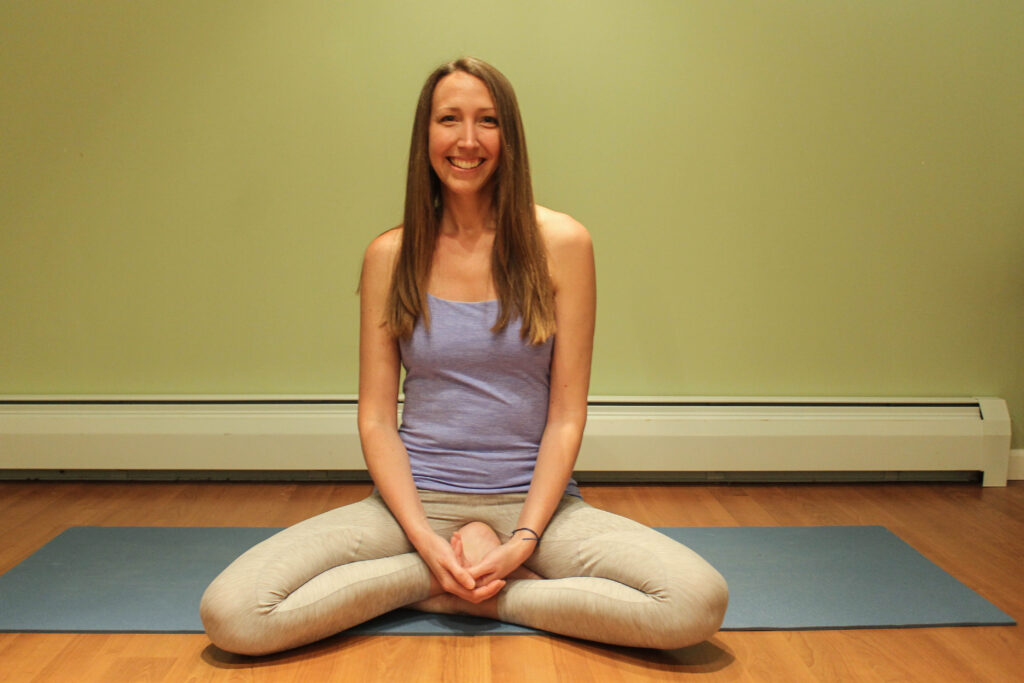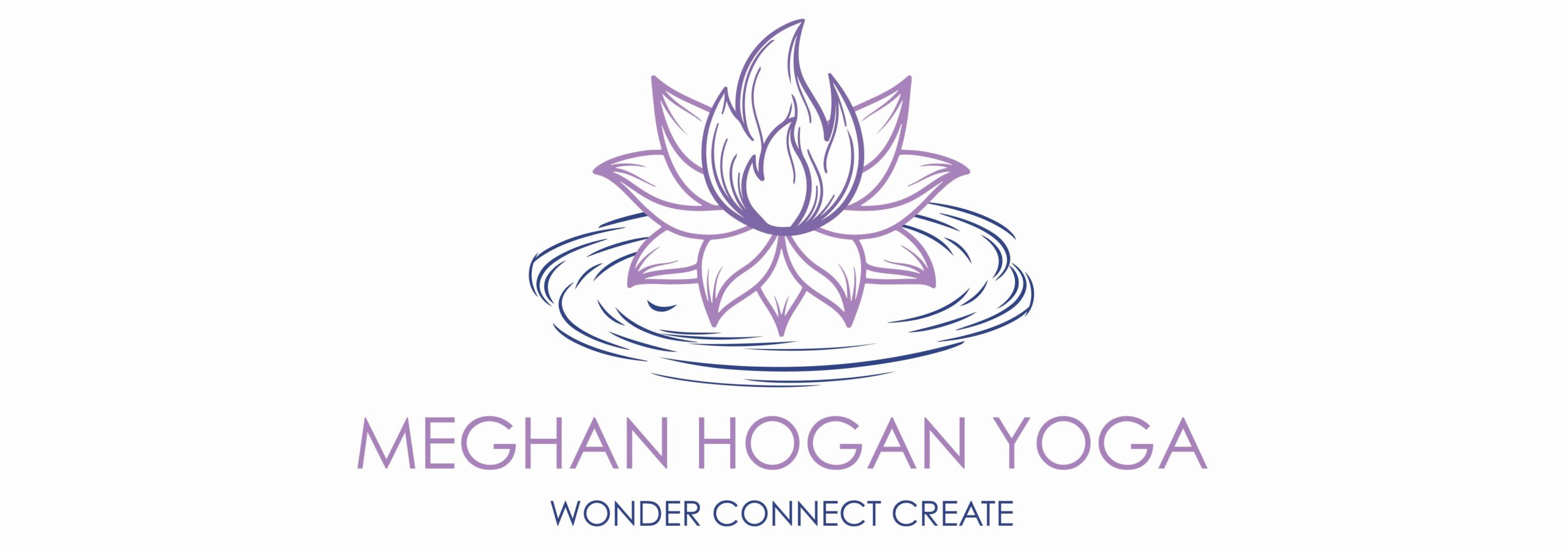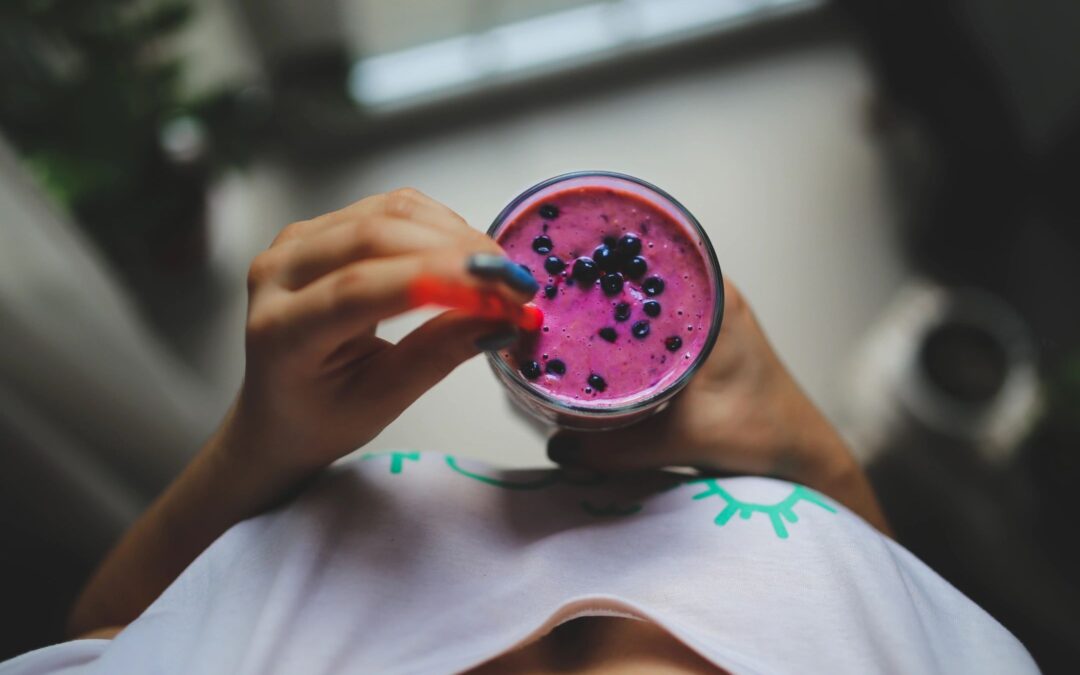Saucha, or living purely, involves maintaining a cleanliness in body, mind, and environment so that we can experience ourselves at a higher resolution.
Donna Farhi
A few years ago as part of a self-study immersion I was participating in, I set a mini intention for myself:
“The things in my home are useful to me. What I see inspires me.”
I was in a phase of life of staring down piles of laundry (does this phase ever end, by the way?) and shuffling Duplo blocks out of my path. The goal was not to erase all evidence of the joy of play or the presence of humans existing inside my home, but to become more intentional about maximizing the time spent enjoying said humans and truly appreciating the space we share together by making cleaning and organizing a ritual instead of another task on the to-do list.
This is something I still go in spurts with (it does not come naturally to me) so I periodically apply conscious effort toward this end. I absolutely notice a change in the way I feel when the surfaces around me are clear and the items in different living spaces are organized. I’ve since read that for some people there is a relationship between clutter and cortisol levels. This would seem to be true in my personal experience.
I also found that, much as reducing visual clutter in my classroom helped to relax demands on processing and led to students being better able to direct their attention in a specific way, the organization of my home environment let me more fully devote my attention to a game with my family or a book I wanted to immerse myself in, etc. Having a system and regular routine around caring for our home also made it easier to distribute responsibility and invite the kids into understanding how to take care of their space and beloved treasures. They still need reminders. I still have to re-commit regularly to prioritizing this. The continued practice makes a tremendous difference!
You might be wondering how this relates to yoga practice. First a reminder that yoga, as I study it, is a practice that extends beyond postures. So this focus on saucha is a practice in and of itself.
Here’s how saucha supports my meditation practice: In my experience, environment cues habit. So, having a regular place to practice and freeing that space as much as possible of distractions (ie: leaving my phone in another room) while placing a few items in that space that elevate my attention and foster the bhavana, or flavor of practice, is helpful. The space starts to call to me and becomes a regular part of my routine not unlike brushing my teeth each morning. There’s a time, a place, and tools to tend to each hygienic act.

Practicing meditation is one tool I have for decluttering my mind or, at a minimum, seeing more clearly the ways in which my mind is fragmented or conflicted.
Sometimes these questions are helpful:
What occupies my mind and colors my perspective?
What are the conditions and activities that lead to a clear and organized mind…a fragmented and distracted mind?
Finally, saucha applies to cleansing the physical body. I have access to water and soap and toothpaste. I begin with acknowledging this. Since childhood I’ve practiced cleaning my teeth, taking a bath, etc so this piece of cleaning the physical body does not require much attention or effort. I also continue to cultivate awe at the intelligent design of the body and appreciate that, as I go about my day, my kidneys, lungs, liver, organs of elimination are all working to detoxify the body.
So, I ask myself what would make the seemingly simple things easier (like drinking water throughout the day)?
What are the choices I can make to nurture these processes (regular movement, conscious breaths, resting on purpose, noticing how I feel after taking in certain foods, scents, experiences?).
What am I ingesting through my sense organs and how readily am I able to process, absorb and release component parts of what I take in?
With any practice we take on, there might be more questions than answers in the beginning. A willingness to ask the questions and stay curious is part of the process. Choose one thing and follow it through for a while. It could be clearing the kitchen sink and counters before you go to bed each night. It could be starting your day drinking a warm glass of water with lemon or lime. It could be 9 conscious diaphragmatic breaths during your lunch break.
Try it.
Repeat it.
Notice how you feel.
Citations:
Farhi, Donna. The Ten Living Principles: Yamas and Niyamas. Healthy.net. 3/27/22. Link to Post.

Meghan Hogan, E-RYT 500, CCC-SLP is Lead Faculty for the Yoga Vidya Teacher Training and In-Depth Studies program, a Speech-Language Pathologist supporting preschool children with disabilities and their families, a wife and mother.
Her mission in sharing yoga is to provide caregivers of all walks of life tools for self-care and stress management.

